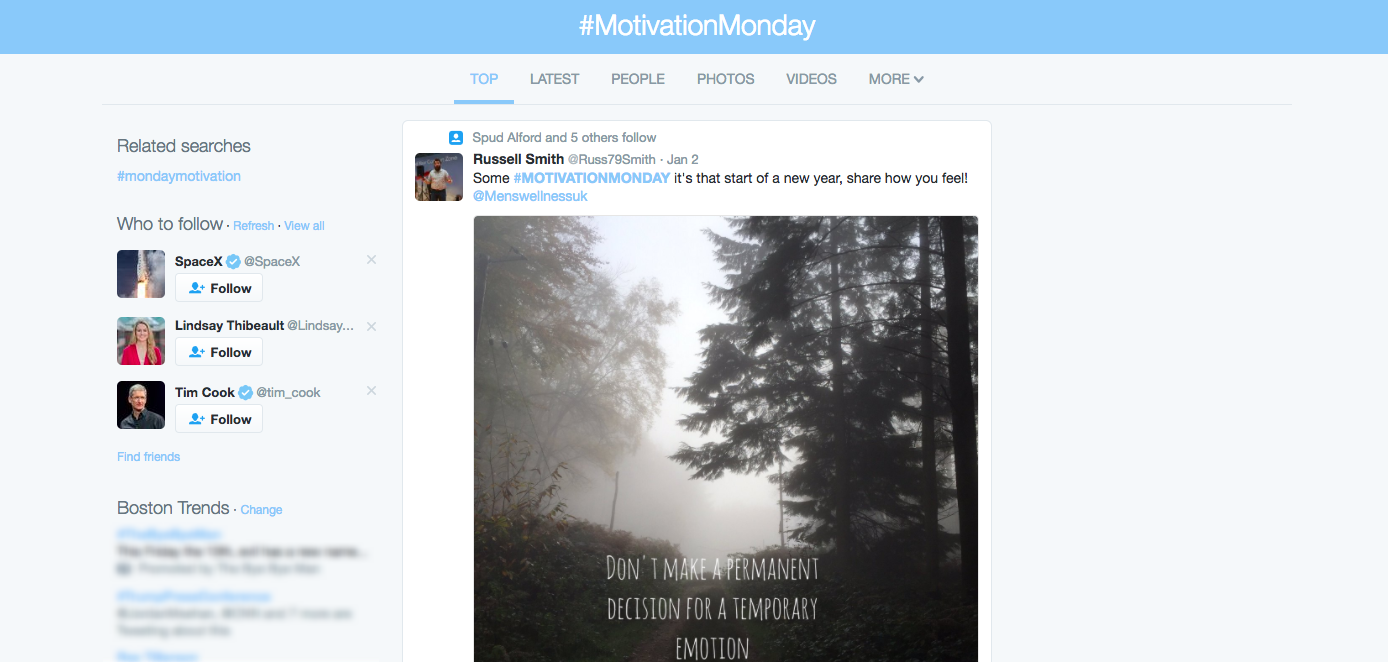How email marketing can improve your business, product or service’s success will very wildly depending on your marketing goals and the purpose of email in your marketing mix. However, what cannot be debated is that email marketing and email communications to customers absolutely deliver results. To get you started thinking about some of the many ways that email marketing and email communications can make a difference for you, we’ve provided one of our compelling email marketing case studies about how email marketing delivered results for an organization.
Email Marketing Case Study: How Four Emails Boosted End of Year Revenue for a Non Profit by 50%
The following email marketing case study was originally published in the July 26, 2011 edition of Marketing Sherpa. We strongly recommend Marketing Sherpa for always ongoing, up-to-date information on the latest in email marketing regulations, techniques and new developments, as well as frequent email marketing case studies on successful campaigns.
Challenge: For any nonprofit organization, December is an important month to generate donations. People are in a holiday spirit and, in the United States, the realization that a nonprofit donation can be a last-minute tax write-off. For HealthConnect One, which promotes the health of mothers, infants and families. December is a critical month for donations that will fund the nonprofit organization for the next year. While many nonprofits send postal mailings in December, HealthConnect One was worried that their postal mailing would get lost in the shuffle of holiday mail. So, in order to reinforce the message of the postal mailing, HealthConnect One began its first full-scale email marketing
The Campaign: In this case, HealthConnect One planned a four-part email series. The emails would get sent throughout the month of December. The first part of the email series would be designed to supplement the postal mailer, which included information, a call to make a donation and was personalized by using the recipient’s name and home address in the upper left corner.
The corresponding email campaign, however, had the flexibility to be more emotive, and the marketing team settled on the theme “Have You Ever Been a Baby?” to show that everybody had a way to related to the important work that HealthConnect One was doing. It was also a theme that the marketing team believed would stand out both from the nonprofit’s industry group (often focusing on heart-wrenching personal stories) and the flood of consumer email that is delivered to inboxes during December, the heaviest email marketing month of the year.
The team focused on the following keys in developing the email campaign:
Keeping It Simple: Each email template was simple. A large header graphic with a logo, a single picture of a baby, a headline, three to four sentences of copy and a link to donate (the only link in the email). There was also a “P.S.” statement to keep the email feeling personal.
The Four Emails: he four emails that the team sent in this case used the following email subject lines: “Have you ever been a baby?”, “Over 143,000 babies were born in the U.S. since our last email!”, “We were all babies once!” and “Happy New Year from HC One!”. Though each email had completely unique copy within the body of the email, the copy all highlighted the same four points: many thousands of babies are born in the US each year, not all babies have the support that they need, HealthConnect One helps provide support to families, and that donating to the organization would help those families and babies get the support that they need. The “PS” statement enforced that all donations would be matched.
What Next?
The HealthConnect One team then “scrubbed” their email list and determined which portion of their database was best to select to send the email to. They then developed an email landing page exclusive to the email campaign that reinforced the message of the campaign and included easy ways to donate money to the organization. Finally, they discussed and planned the proper timing of the sending of the emails, working both to space the emails out over time as well as to avoid holiday “slow periods” when people are not necessarily checking their email.
The Results
The results of this well thought-out email showed not only in the key metrics used to determine email success rates, open rate and click-through rate (CTR). They also showed in the overall revenue gained. All of the emails except for the email sent on December 23 received an open rate of greater than twenty percent and a click through rate of greater than four percent. More importantly, HealthConnect One exceeded its goal of $15,000 in donations and generated fifty percent more revenue in their December campaign than they had the year before. The ability to communicate multiple times with unique, personalized content that told a story and made donating simple resulted in a comfortable and successful December donations campaign for HealthConnect One.


